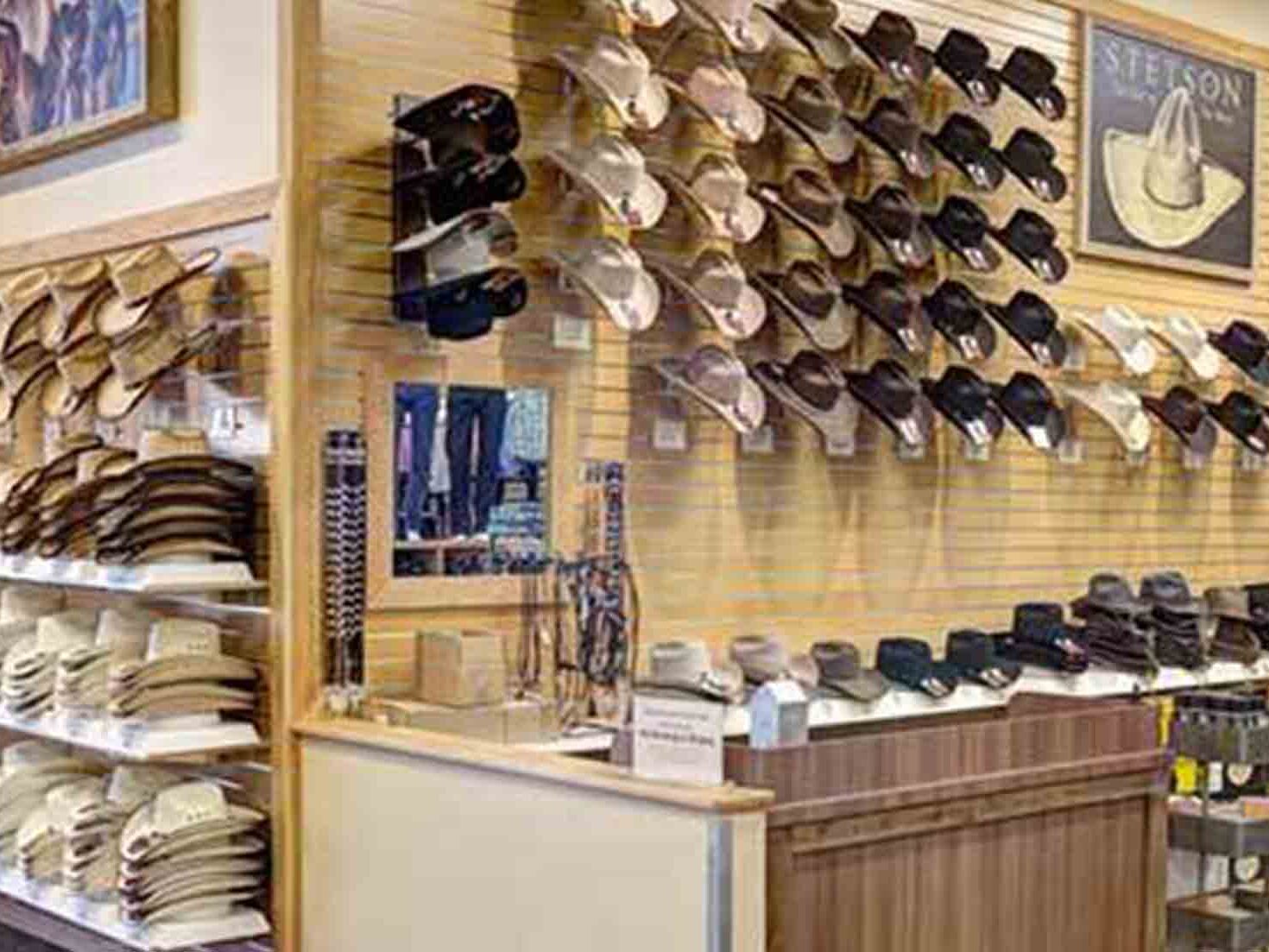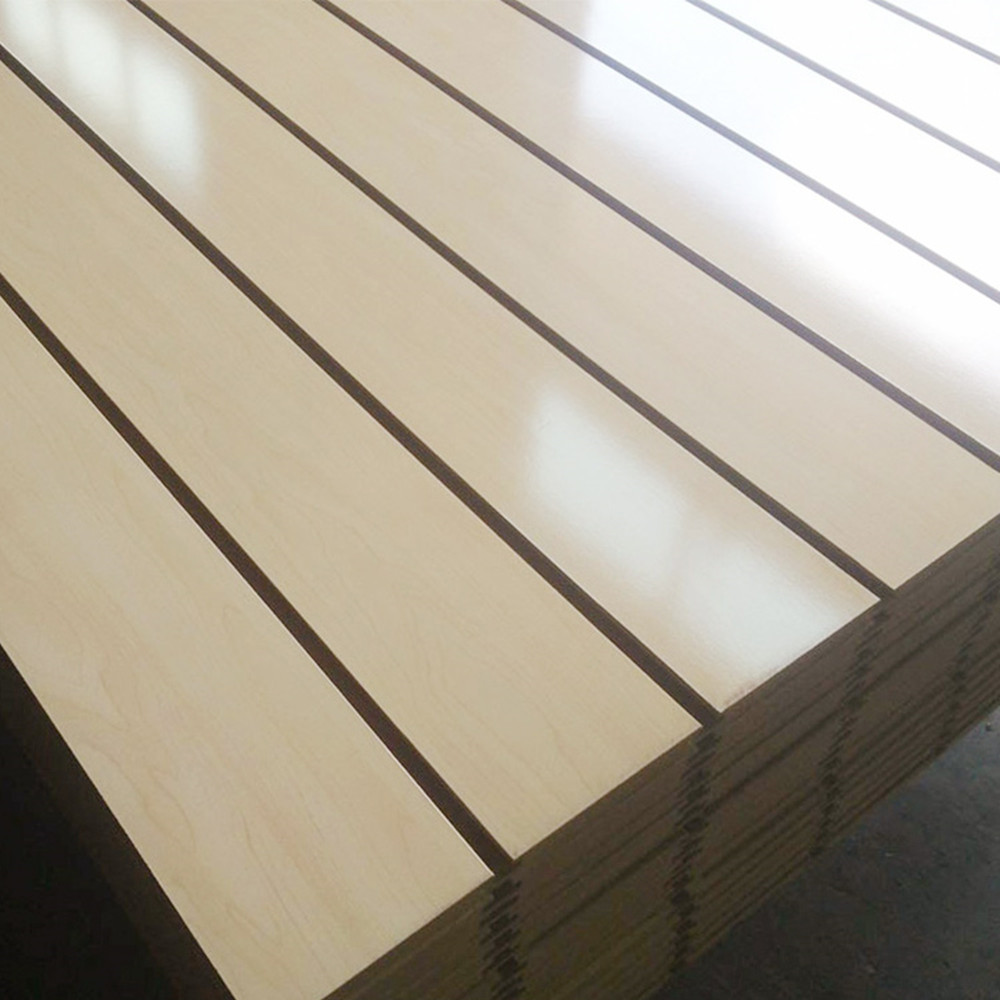Introduction:
Efficient organization and visually appealing displays are essential for businesses to attract customers and optimize their space. One solution that has gained popularity for its versatility and practicality is the slatwall panel system. Slatwall panels offer easily customizable storage and display options, making them a favored choice in many industries. In this blog, we will explore the various benefits, applications, and installation process of slatwall panels.1. Understanding Slatwall Panels:
Slatwall panels are vertical display systems composed of grooved panels made from materials like MDF (Medium-Density Fiberboard) or plywood. These grooves create slots where various accessories such as hooks, shelves, baskets, and brackets can be inserted, allowing for endless customization possibilities.
2. Factors to Consider When Choosing Slatwall Panels:
Before investing in slatwall panels, it is crucial to consider a few factors. The first is the material of the panels. MDF slatwall panels are cost-effective and stable, while plywood panels offer higher durability. Other factors to consider include the weight capacity required, the dimensions of the panels, and the overall aesthetics desired.
3. Versatile Applications of Slatwall Panels:
Slatwall panels find extensive use across different industries due to their versatility. These panels are commonly used in retail stores, boutiques, supermarkets, and showrooms to display merchandise effectively. They are also popular in garages, workshops, and offices for organizing tools, equipment, and supplies. Additionally, slatwall panels can be utilized in residential spaces to create functional storage solutions in pantries, closets, and home offices.
4. Installation Process:
Installing slatwall panels is relatively straightforward. The first step involves measuring and marking the wall where the panels will be installed. Next, the panels are cut to size using a saw, ensuring a snug fit against the wall. It is essential to use proper mounting brackets and screws to secure the panels firmly. Once installed, accessories such as hooks and shelves can be easily inserted into the slots, allowing for customization based on requirements.
5. Customization and Display Flexibility:
One of the most significant advantages of slatwall panels is their adaptability. With a vast array of accessories available, the panels can be customized to suit any display or organizational need. Different-sized hooks can hold clothing, bags, or tools, while shelves and brackets can display items of varying sizes and weights. This flexibility allows businesses to optimize their space effectively and showcase their products in an attractive manner.
6. Benefits of Slatwall Panels:
a) Improved Organization: Slatwall panels maximize wall space and provide a structured storage system, reducing clutter and increasing efficiency.
b) Enhanced Visual Appeal: The sleek appearance of the panels, combined with strategically placed displays, contributes to an aesthetically pleasing environment that attracts customers.
c) Easy Maintenance: Unlike traditional fixed shelving units, slatwall panels are easy to clean, detach, and rearrange, making them a low-maintenance solution.
d) Cost-Effective: Slatwall panels provide a cost-effective solution for businesses looking to optimize their space without investing in expensive renovations.
e) Adaptability: The customizable nature of slatwall panels allows businesses to adapt their displays and storage as needed, accommodating changing inventory or seasonal promotions.
7. Tips for Maximizing Slatwall Panel Usage:
To make the most of slatwall panels, consider the following tips:
a) Regularly assess and adjust displays according to demand and customer preferences.
b) Utilize a variety of accessories to accommodate different product types and sizes.
c) Use lighting fixtures strategically to highlight featured products and create an inviting atmosphere.
d) Experiment with color schemes and textures to enhance visual appeal.
e) Train staff on properly utilizing the slatwall system to maintain a neat and organized display.
Conclusion:
Slatwall panels offer tremendous benefits to businesses seeking flexible storage and display solutions. Their adaptability, ease of customization, and versatility make them an ideal choice for various applications, from retail stores to residential spaces. By investing in slatwall panels, businesses can enhance organization, optimize space utilization, and create visually appealing displays that captivate customers. With the ability to continuously adjust and adapt, slatwall panels prove to be valuable assets for any business or personal space.


评论
发表评论